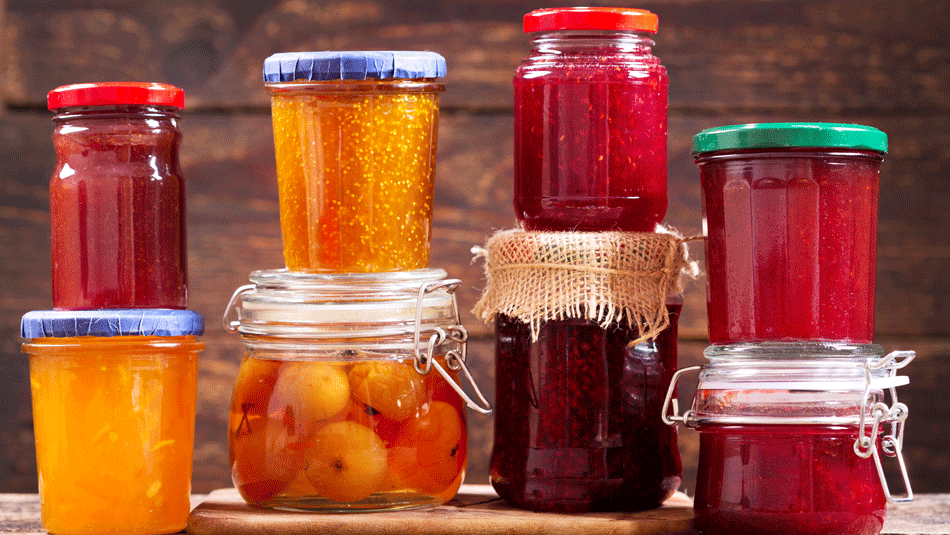Mountain Roots Healthy Futures AmeriCorps member, staff member, and volunteer help hand out food.
On March 11, 2021, America’s Service Commissions released its new publication, Innovative State Service COVID-19 Response Programs, as a testament to the hard work and perseverance that AmeriCorps programs and AmeriCorps members have demonstrated this past year since the impact of the COVID-19 pandemic first became evident in the United States and shutdowns began.
The publication features 79 innovative programs from 50 states and territories and represents a glimpse into the impressive work of national service programs this past year and the extraordinary efforts of AmeriCorps and volunteer programs to aid those most in need in hyper-local ways. The Mountain Roots Healthy Futures AmeriCorps Program was the first of two Colorado service programs highlighted for the immediate shift our members took to provide our communities with critical information on COVID-19 testing, symptoms, and public health measures. Members offered their skills to contact tracing, community event planning, call centers, and emergency food relief efforts. “It all seemed surreal,” stated Healthy Futures Program Director Lyndie Kenlon. “Our members had just started their service, and suddenly everything they thought they would be doing changed. They had to pivot, carefully navigate social lives to accommodate direct service, and they leaned in and dug deep.”
Mountain Roots Healthy Futures attracts members who are looking for experiences that inspire, build on their passions, and positions they see where they can make a change in themselves and for others. Members annually uproot their lives to provide service to communities across Gunnison county. Many are coming to experience Western culture, rural communities, and serving others. Service has changed forever. Mountain Roots Healthy Futures has changed forever. The pandemic experience provided unique opportunities for leaders to shift services to support the most relevant need for those most negatively impacted. Members followed these leaders and ‘Got things done’ for rural Colorado.













































































